
The state of the Baltic Sea is affected both on land and at sea
Human activities threaten the Baltic Sea environment. At the beginning of the 21st century, however, the state of the Baltic Sea has remained stable. The awareness of the environment and its well-being is growing, which promises good things for the Baltic Sea. Read how the state of the Baltic Sea can be further improved!
The overload of nutrients, and the amount of harmful substances originating from land areas, began to increase with the developments in industrialisation and intensive farming after the Second World War. The increased demand for energy to support the expanding society has led to an increase in sea traffic, which brings with it the problem of non-indigenous species and the risk of oil spills.
Litter in marine environments is a product of modern society as well, and the plastics industry and modern culture of disposability play a large role in making the problem worse. Marine litter is most commonly plastic, and its amount is increasing worldwide.
The common denominator of all these factors is that we only recognised the problems they cause long after their advent. This is why undoing the harm caused is also happening with a delay. The key to a better future is increasing environmental awareness, which is a growing trend today. It bodes well for the Baltic Sea.
-
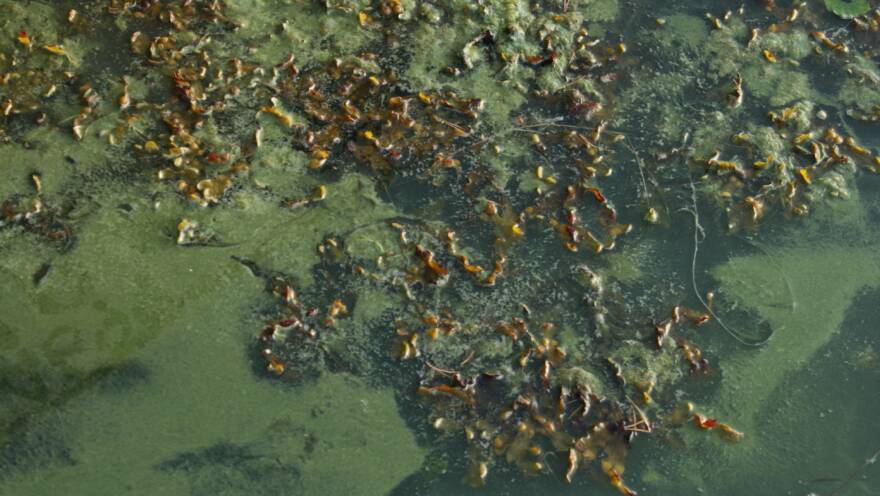
Eutrophication
The biggest problem in the Baltic Sea is eutrophication caused by excessive nutrient loading, which affects the entire ecosystem. Of Finland’s marine areas, only the outer archipelago of the Kvarken coastal waters is in good condition regarding eutrophication, and no improvement has been observed.
Read more about eutrophication -
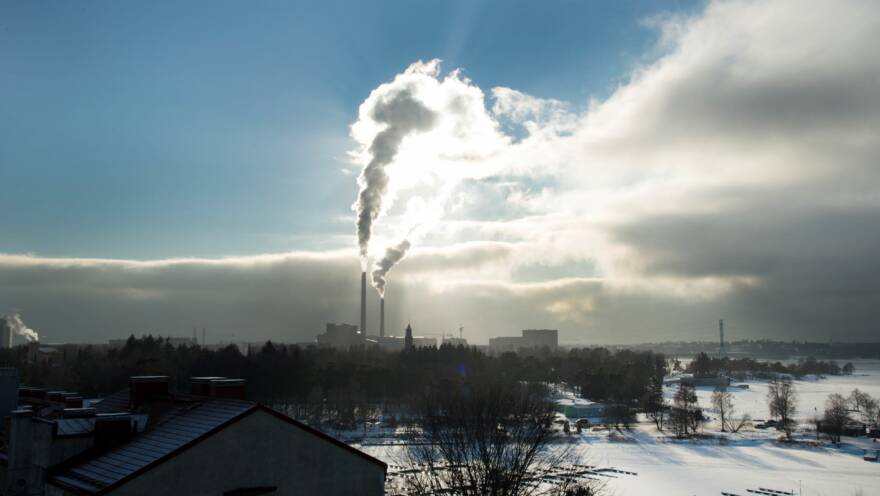
Harmful substances
Harmful substances, alongside eutrophication, are another major threat to the well-being of the Baltic Sea. The problem is complicated by the large number of different harmful substances. Although the concentrations of many environmental toxins in the Baltic Sea have been reduced, new concerns are constantly emerging.
Read more about harmful substances -
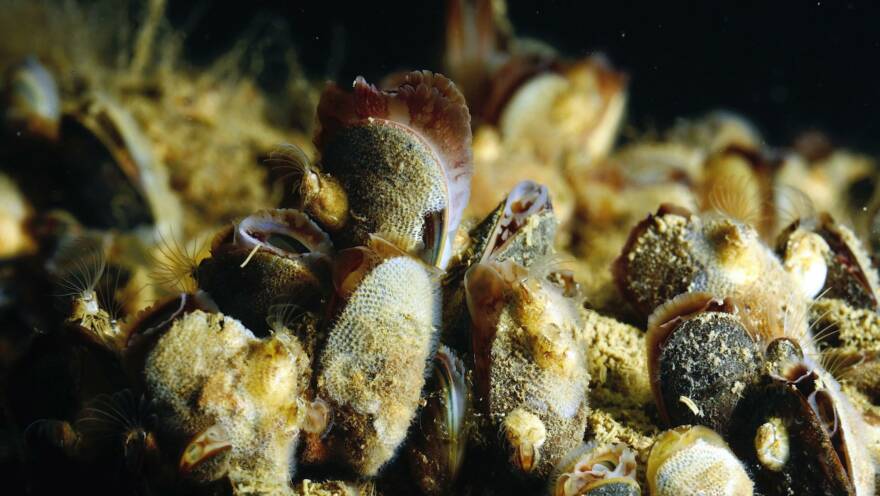
The status of sea bottoms
The seabed offers a wide range of habitats for the species of the Baltic Sea. Eutrophication, however, has altered the living conditions on the seabed. In a eutrophicated sea, there is a threat that oxygen will become depleted near the bottom. Anoxia is particularly a problem in the deep basins of the central Baltic Sea. Also construction, dredging, and marine sand extraction destroy habitats.
Read more about the status of sea bottoms -
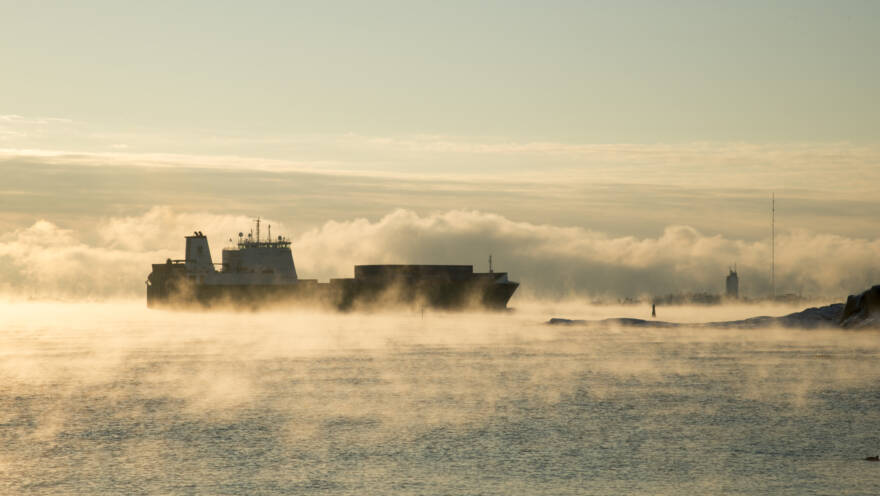
Underwater noise
Even the depths of the Baltic Sea are no longer allowed to exist in solitude. Below the water surface, man-made noises echo everywhere. The issue of underwater noise is problematic because it does not disturb mankind itself. As a result, it is only in recent years that the problem has garnered any attention.
Read more about the noise -
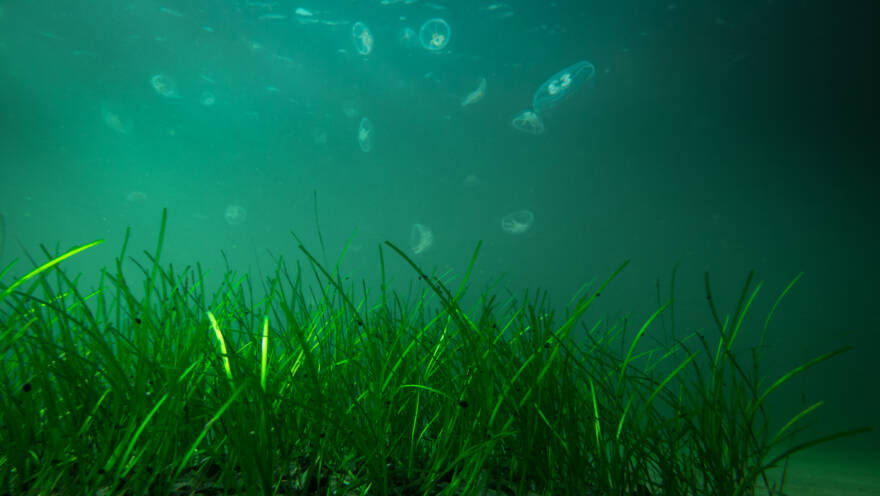
The status of marine environment
The organisms of the Baltic Sea live under intense pressure. The sea is surrounded by dense populations, which affect the sensitive marine environment. A century ago, hunting caused the collapse of seal populations, after which the marine environment began to be plagued by toxic substances. Today, the sea is particularly affected by eutrophication.
Read more about the status of marine environment -
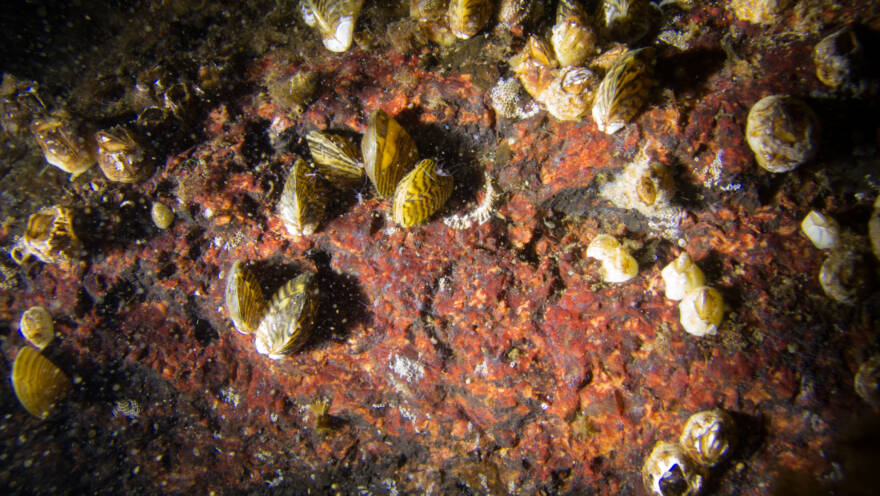
Alien species
Alien species are those that have spread from their original distribution range due to human activity, sometimes over very long distances. When adapting to a new environment, invasive species may proliferate rapidly and endanger the functioning of local species and ecosystems.
Read more about invasive species -
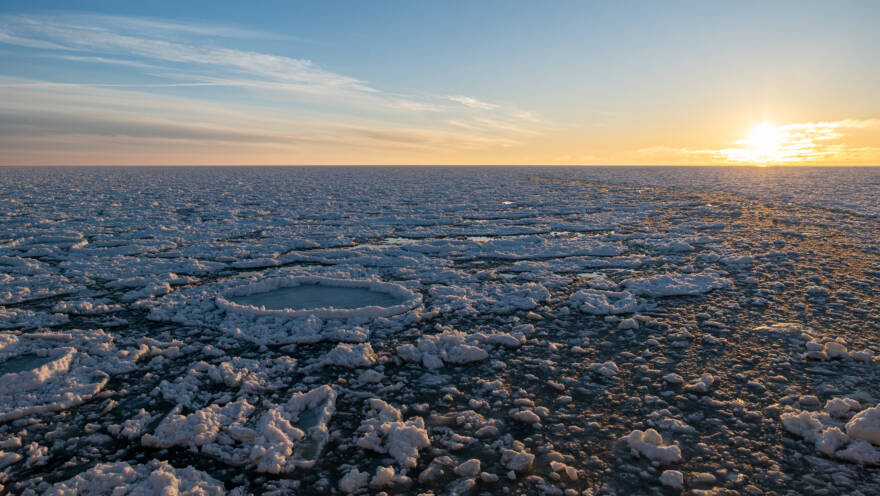
Climate change
Climate change causes Nordic winters to become both warmer and wetter. It is predicted that the Baltic Sea will become a rather warm sea and also less saline than before. There is no such sea anywhere in the world today and perhaps there never has been. The inhabitants and nature of the Baltic Sea region are facing a new situation.
Read more about the climate change